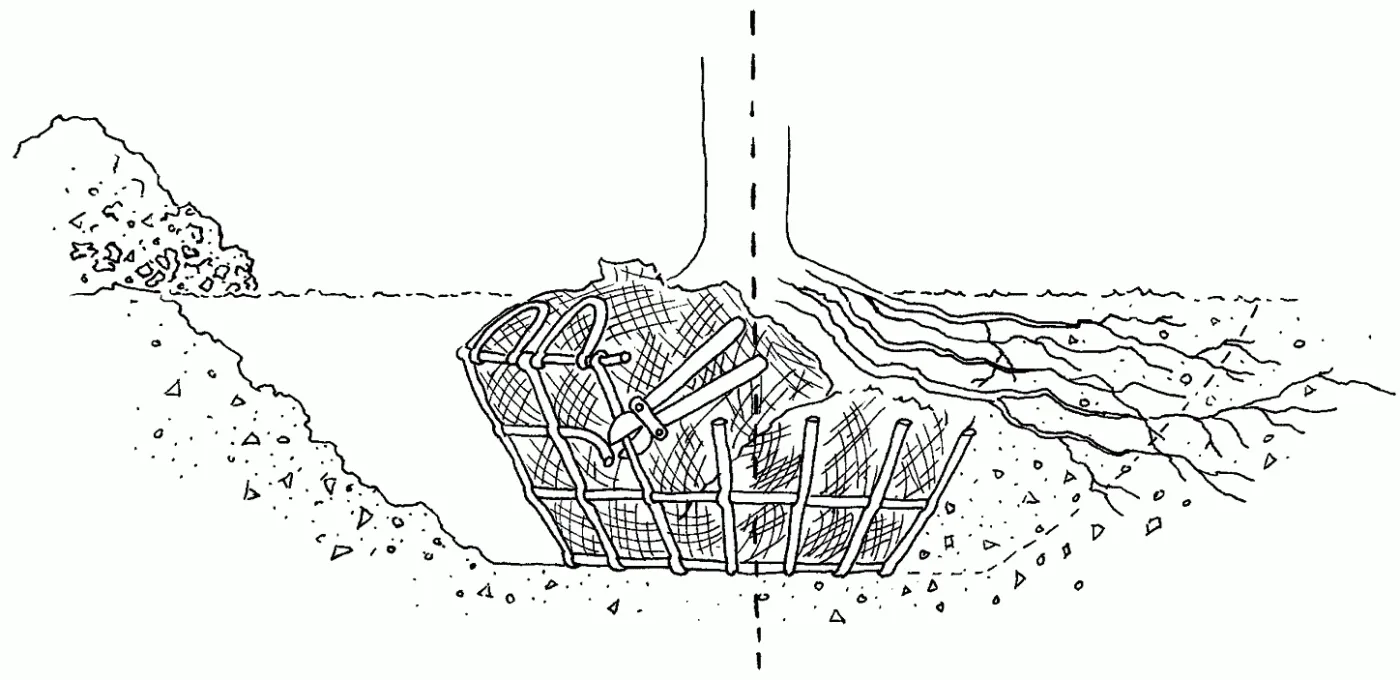Are you tired of dealing with standing water and poor drainage in your yard? Poor drainage can cause erosion, foundation issues, lawn fungal disease, mosquito breeding grounds, and much more.
Don't worry though! We've got you covered with five effective drainage solutions to help you love your lawn again!
From simple fixes like downspout extensions to more comprehensive approaches like French drains and sump pumps, there's a solution for everyone. We'll also explore the benefits of catch basins and channel drains, ensuring that water is efficiently collected to direct away from your home.
Say goodbye to puddles and hello to a well-drained yard.
Let's dive into these five solutions and transform your outdoor space.
Downspout Extensions
When it comes to addressing washout issues caused by heavy rainfall, downspout extensions are a practical and straightforward solution. By simply extending the length of your downspouts, you can effectively redirect water away from your yard and foundation.
These extensions are attached to your existing downspouts to carry the water in pipes to areas it’s beneficial. As the rainwater flows down the downspouts, the extensions guide it further away from your property, preventing soil erosion and potential damage to your home’s foundation.
With downspout extensions, you can effortlessly control the path of water runoff, ensuring that your yard remains well-drained and free from washout issues.
French Drains
You might be surprised to learn that a French drain isn't the same thing as a catch basin, even though many people think they are. So, what exactly is a French drain?
A French drain is like a secret underground pathway for water. It's made up of a trench filled with rocks or gravel and has a special pipe with holes in it. When it rains, the water seeps into the ground and enters the holes in the pipe.
The pipe acts like a hidden water slide, guiding the water away from areas that get flooded and directing it underground. This way, the French drain helps keep your yard from turning into a soggy mess by giving the water an underground escape route.
Catch Basin

Catch basins are small, underground chambers that collect water. They are often used in conjunction with French drains. Catch basins are a less expensive option than French drains, but they are not as effective for larger areas of collected water
This is like a small, shallow container that sits on the ground, waiting to collect rainwater from paved areas like driveways or roads. It has a built-in filter that catches leaves, trash, and other debris, preventing them from clogging up the underground drainage system.
The water then travels through underground pipes to a safer location, far away from your yard.
Catch basins can be installed in a variety of locations, including driveways, patios, and sidewalks. They are especially helpful in areas where there is a lot of runoff water, such as near downspouts or in low-lying areas.
Click here to watch our informative video on Catch Basins
Sump Pump
This type of pump is typically installed underground in a pit or Flow well specifically created to collect water to pump it out. It is most often used when the only option to move the water is to push it uphill, against the natural movement of water.
When heavy rainfall and poor drainage causes water to pool in your yard, the landscape sump pump springs into action. Activated by a float switch, it turns on automatically and pumps out the excess water, preventing potential damage to your home, plants, or hardscape.
Sump pumps efficiently remove water from your landscape and help maintain proper drainage while keeping your outdoor space dry, functional, and free from drainage issues.
Channel Drains
This is a fantastic solution for effectively managing water runoff in driveways or paver areas, such as pool patios that collect a lot of rainwater.
These drains are specifically designed to capture and redirect water, ensuring that it flows into the drain and away from the hardscape. Installed in the lowest points of the driveway or paver area, channel drains act as a hidden pathway for water, preventing it from pooling or causing damage.
As rainwater or runoff finds its way onto the hardscape, the channel drain collects the water and directs it towards a proper drainage system. With channel drains in place, you won have the frustration of standing water and your driveway or paved areas will be protected from potential damage.
Whether it's extending your downspouts, creating underground pathways for water, or utilizing catch basins and sump pumps, there's a solution tailored to your needs. Say goodbye to soggy yards and hello to a transformed outdoor space where water is efficiently managed and your property is protected.
By implementing at least one of these solutions, you can redirect water away from your property, prevent soil erosion and damage, and ensure that your outdoor space remains functional and free from drainage issues.
Our expert team is ready to provide the assistance you need to transform your yard into a well-drained oasis. Don't let standing water ruin your outdoor space any longer - take action today and let us help you find the perfect drainage solution.

















